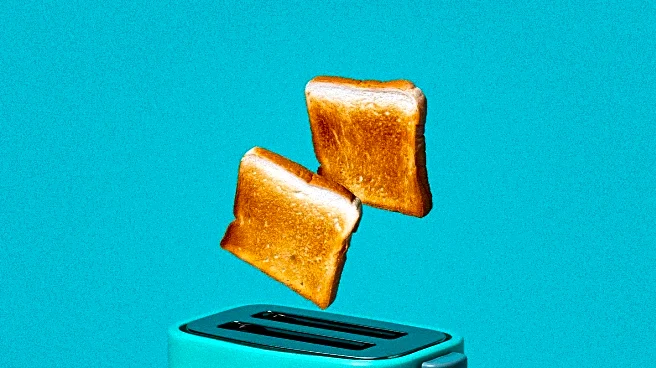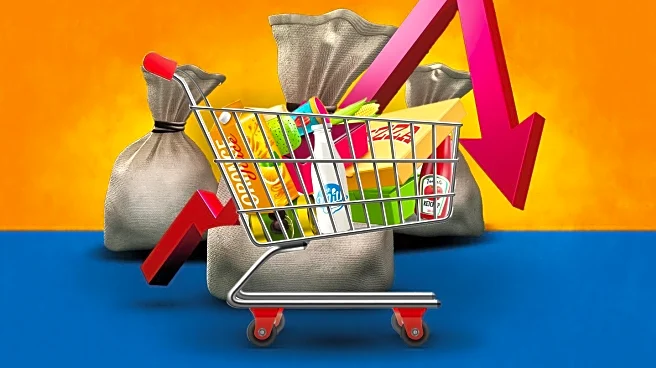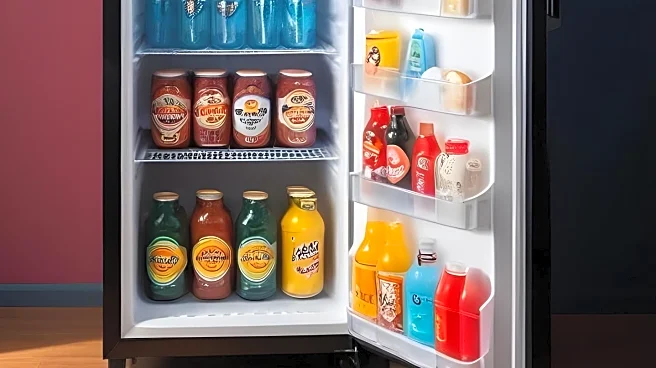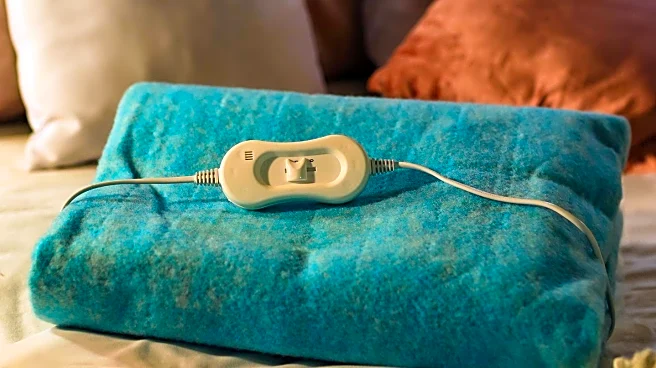What's Happening?
Regular cleaning of kitchen appliances, particularly toasters, is essential to prevent potential fire hazards. Crumbs and food remnants can accumulate quickly, leading to burning smells and increased fire risk.
The process of cleaning a toaster is straightforward and requires minimal tools. It involves unplugging the toaster, shaking it upside down over a sink, and cleaning the crumb tray with warm water and dish soap. Additionally, wiping the slots with a vinegar-dampened cloth and brushing the heating elements with a toothbrush can remove stuck-on food residue. Ensuring the toaster is dry before plugging it back in is crucial to avoid electrical damage.
Why It's Important?
Maintaining cleanliness in kitchen appliances like toasters is vital for safety and efficiency. Accumulated crumbs can ignite, posing a fire hazard, and can also affect the appliance's performance. Regular cleaning not only extends the life of the toaster but also ensures it operates safely. This practice is particularly important for households that use their toasters frequently. By following simple cleaning steps, users can prevent potential accidents and maintain a hygienic kitchen environment.
What's Next?
Homeowners are encouraged to incorporate regular cleaning routines for their kitchen appliances. This includes setting reminders to clean toasters weekly if used daily, or bi-weekly for less frequent use. Additionally, exploring other household cleaning tips, such as mold prevention in washers and stain removal from furniture, can enhance overall home maintenance. Manufacturers may also consider providing clearer cleaning instructions to ensure user safety and appliance longevity.
Beyond the Headlines
The emphasis on appliance maintenance highlights broader themes of home safety and responsible consumer habits. As households become more reliant on electrical appliances, understanding proper care techniques becomes increasingly important. This trend may lead to increased demand for educational content on appliance care and safety, potentially influencing product design and consumer education strategies.












